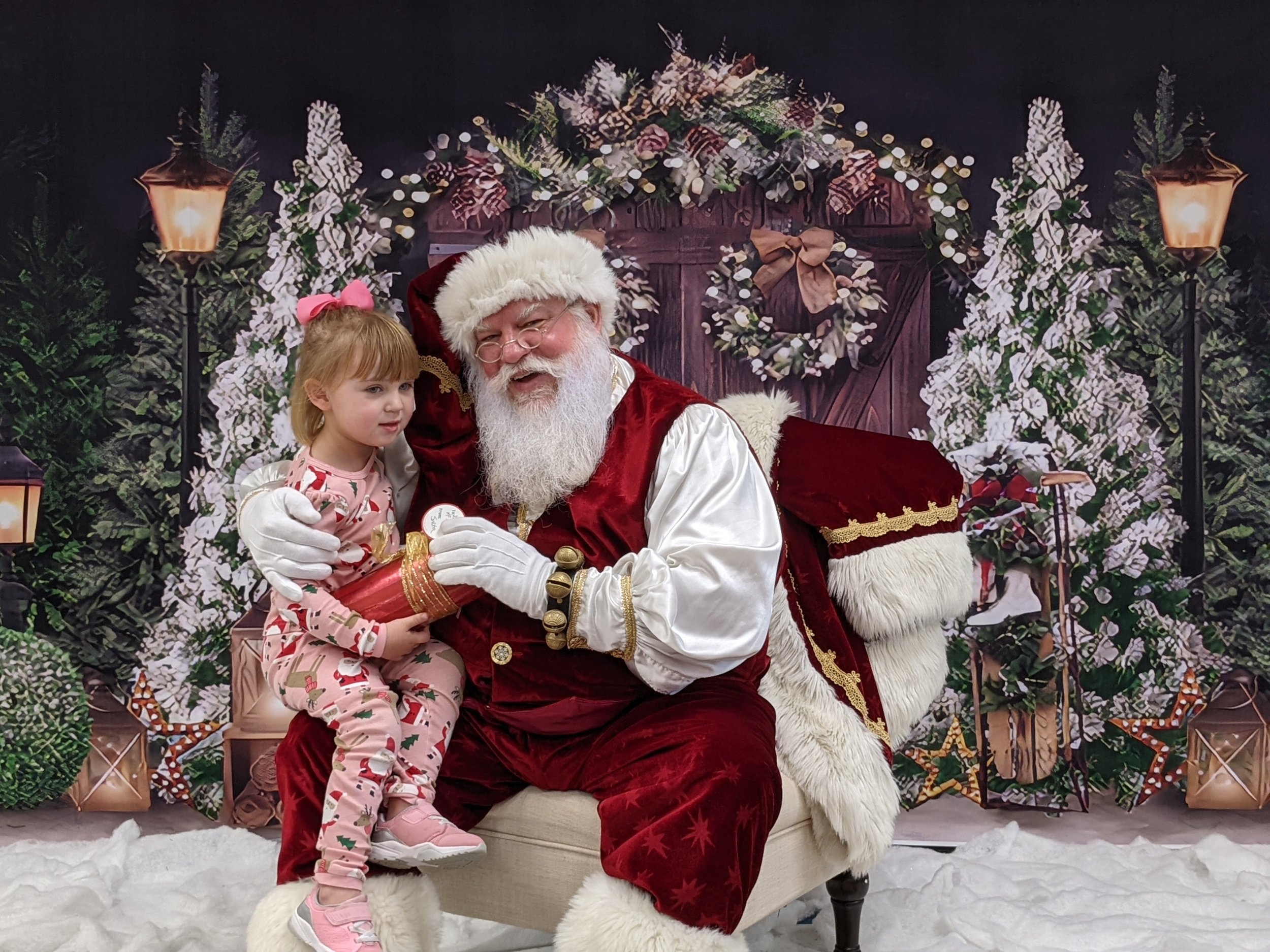Valentines Party
How many doors our in our classroom?
We labeled each door with a number and counted twelve. We also discussed how the doors are shaped like a rectangle.
Water Coloring
Fine-motor skills are a child’s ability to coordinate small muscle movements, especially in the fingers. From watercolor painting, a preschooler will learn how to coordinate the small movements of their fingers to produce a work of art. This will aid in their long-term ability to write, manipulate tools and objects and perform other small movement-based tasks essential to everyday life.
Patterns
Patterns help children make predictions because they begin to understand what comes next. They also help children learn how to make logical connections and use reasoning skills.
Rectangles
Using straws, the children created rectangles. Learning shapes isn’t just about teaching your child how to draw a circle or square. When we look closely enough, we may recognize just how many shapes occur naturally in the world around us. Not just in math, but also in reading, science, and art!

















































































